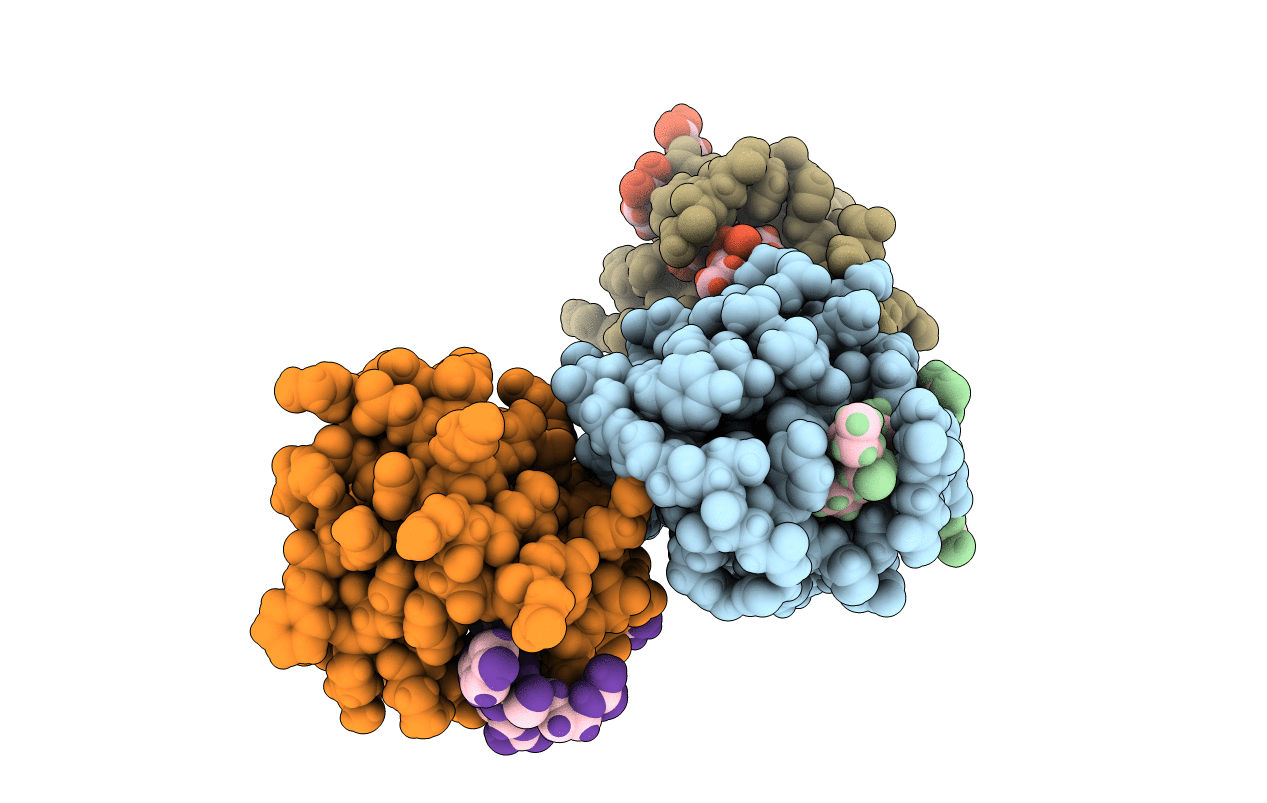
Deposition Date
2019-12-09
Release Date
2020-12-16
Last Version Date
2024-01-24
Entry Detail
PDB ID:
6TNO
Keywords:
Title:
Crystal structure of the human Arc N-lobe bound to stargazin
Biological Source:
Source Organism:
Felis catus (Taxon ID: 9685)
Homo sapiens (Taxon ID: 9606)
Homo sapiens (Taxon ID: 9606)
Host Organism:
Method Details:
Experimental Method:
Resolution:
1.90 Å
R-Value Free:
0.21
R-Value Work:
0.18
Space Group:
P 1 21 1


